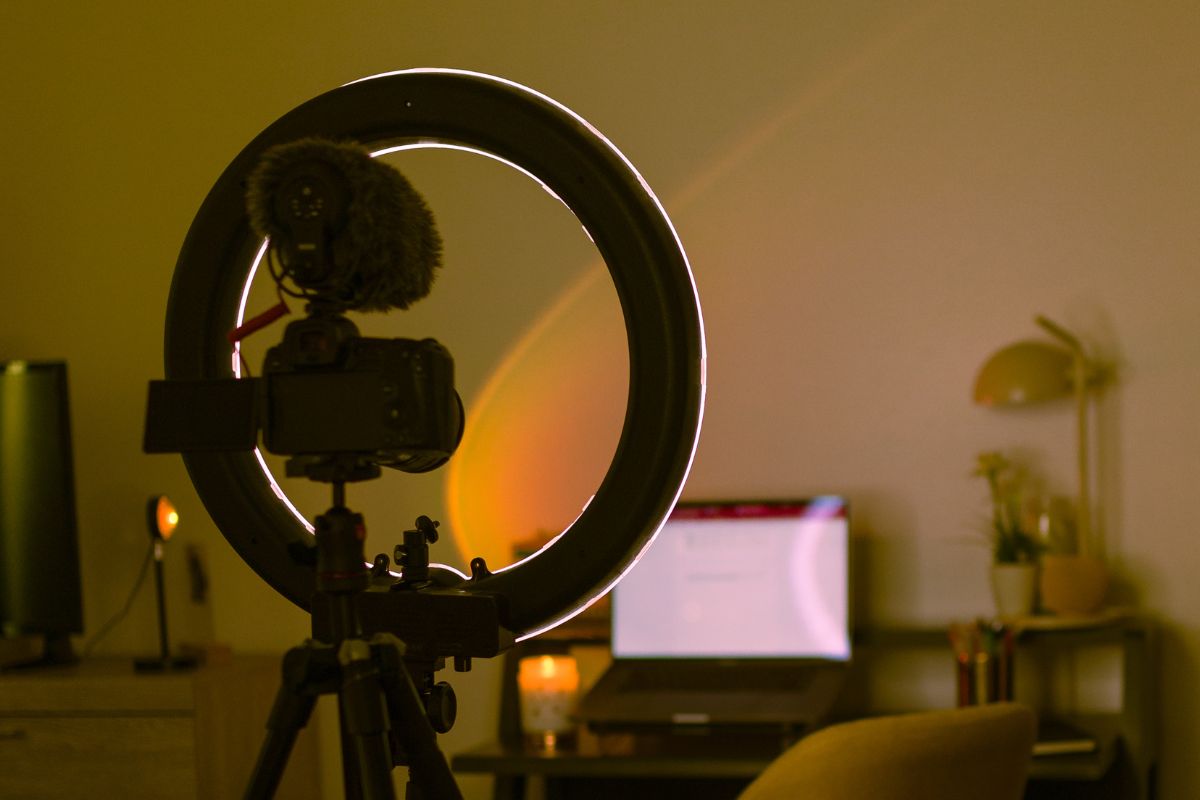Wondering how AI and automation are disrupting things around the industry? You are not alone. For example, across healthcare, finance, and entertainment, to name but a few, cutting-edge technologies are the change agents of work, life, and the manner in which we create within our workspace. In this article, we delve deep into how AI and automation are reshaping the world of content creation. So get ready to have your mind blown with some of the incredible ways AI is taking creators sky-high in producing great content more efficiently and creatively than ever before. The future of content is here, and it is AI-powered!
Table of Contents
The Evolution of AI in Content Creation
AI’s content creation journey is as thrilling as it is transformative. It all started with simple algorithms aimed at automating the very basics; think of a spell-checker or an autocorrection feature. The first of its kind was nothing more than the tip of the iceberg in terms of writing facilities. Technology developed and went up, and so did the capabilities of AI. That was the era of machine learning and advanced AI models. These newer, smarter systems started learning how to improve themselves over time by learning from vast amounts of data.
Suddenly, AI isn’t busy fixing grammar; it is writing complete articles, making music, and even writing graphic art. Those limits were broken by tools like generative adversarial networks and natural language processing models, which opened up new, creative content capable of matching human emotions and preferences.
Today, the landscape for AI content light is blooming, with applications in automated journalism and AI-assisted editing for movies. Looking back at the development of these tools, it is obvious that what started as a helping hand indeed developed into an engine of creativity that keeps on opening unimaginable opportunities for millions of creators across the globe.
How Artificial Intelligence Tools Influence Content Creation Today
The AI landscape has truly been abuzz with innovations for content creation. From GPT (Generative Pretrained Transformer) in text to DALL-E in images, new capabilities are entering the hands of creators. For instance, the GPT models are tools that one can utilize in writing and editing to be on the next level. These are AI systems created in a way that mostly simulates human text generation, so it is often impossible to distinguish them from human texts. From blog posts to writing poems and even aiding in the fleshing out of dialogue in screenplays, GPT is a versatile tool that can take to any kind of style or tone. The creative process is more efficient with its help not only as a text generator but also to enhance grammar and offering style during idea brainstorming. DALL-E is attracting visual attention by rendering beautiful and high-quality images from textual descriptions.
This means graphic designers, marketers, and media producers will be free to unleash their wildest ideas without implementing colossal resources. Need an illustration of a two-headed elephant playing chess in space?
DALL-E can do that in one second, allowing incredible storytelling and visual content opportunities beyond imagination. Apart from the most recent technologies in GPT and DALL-E, AI has also benefited video production and music composition. It can optimize the lighting, cut the scenes, and even suggest cuts to filmmakers, thus greatly reducing the time and effort it takes to produce polished content.
AI algorithms can compose whole pieces of music or suggest chord progressions and harmony for the musician in the creation process. Far beyond being just labor-saving gadgets, these tools are working partners toward creativity; they are the assurances that content creators can continue to push the borders of innovation and engagement across all digital platforms.
AI-Generated Creators: The Next Step in Content Creation

In the already disruptive world of content production, one trend is making further inroads on platforms such as OnlyFans: AI-generated creators. This combination of technology and entertainment is not just changing the game—it’s creating a whole new playing field. Artificially intelligent generated OnlyFans creators, in simple words, are generated artificial personalities that are made up entirely of artificial intelligence.
These digital personalities will devote part of their time to fans and work on content, even responding to messages with little or zero human input. Imagine a 24/7 digital influencer that can provide you with a constant rate of engagement with no burnout, like human creators tend to experience. This tackles the issue with loads of content to be generated for different social media and hugely increases the sales from pay-per-view posts on OnlyFans.
The power of AI-generated creators lies in the creation of massive amounts of content at the speed of thought, with personalization and design in line with the preferences and desires of the target consumer. From video to text messages, the AI-generated creators make use of a machine learning-based approach to understand how the user is interacting with them, so the responses are continually bound to become better over time and each piece of content that is created.
As this technology continues to mature, we expect that AI-generated creators will match more advanced levels, and the blurring line between man and machine-generated content will ensue. This opens up not just exhilarating opportunities for creators and fans but also important questions about the future of creativity and authenticity in the digital age.
Challenges and Ethical Consideration
As we embrace the benefits of AI in content creation, we need to look at the challenges and ethical dilemmas this brings along. Major concerns, however, touch on authenticity. From the great ability of AI to create real-like text, images, and videos, the line between real and fake becomes blurred.
It may affect the level of trust in the content that we engage with daily, raising the question of the veracity of what one sees online. Another serious concern is privacy. AI systems are data-hungry entities, usually gleaning data, which is inclusive of personal information from the user, to learn and further improve their functionality. This, if not managed well, may bring forth some risks of breaching privacy and illegally using personal data details.
What is even worse is that there is a risk of creating dependence on AI tools, which will not promote any kind of creativity on the side of content creators. Overreliance on AI may stifle personal growth and, in turn, be less diverse in creating content since most times, algorithms create what is most likely to be popular, rather than what is innovative. Handling these issues means creating guidelines and open practices in the use of AI for content creation—so that the creator and consumer, alike, are made aware of AI and its limitations.
It is therefore incumbent to develop AI in an ethical, considerate way regarding privacy and the authenticity of the creative process.
Future Trends: What’s Next for AI in Content Creation?
More exciting prospects for content creation with AI lie ahead. Not less exciting is the opportunity to dwell with mixed reality, AR, and VR content integrated with AI. This will likely lead to the creation of immersive content experiences that are more engaging and interactive. Just imagine an AI-generated environment for virtual concerts, a music environment, and even the performers themselves—all this according to taste and preferences. One more trend may be an even better development of AI in scriptwriting and storytelling.
The very deep advanced AI models might well be used to turn complex stories according to audience reaction, maybe changing the storyline on a real-time basis for people’s involvement. We might also think of more sophisticated AI personalization tools capable of autoconfiguring content to the liking of different audiences—all without human touch. This could involve varying the difficulty level of educational material, the tone of writing, or perhaps themes and imagery in video material to better resonate with viewer interests.
The further AI technology evolves the more extended potential creative invention offers. It gives content creators more possibilities to explore their creations. It will mean more than just facilitation of how content is created; it redefines the limits of creativity.
Conclusion
As we’ve learned in this article, AI and automation have fundamentally altered the content-creation landscape in exciting ways. We have seen it mature from the primitive forms of automation in the early days to powerful models, such as GPT and DALL-E. Today, it means that creators are empowered with tools for creative efficiency in their process of production and unlimited new ways of artistic expression. AI-assisted creators on platforms like OnlyFans build audiences with novel digital interactions, while AI-empowered design, writing, and multimedia development push ever further the limits of possibility.
Now, just like any such step forward, it will be important to keep a close watch on the difficulties such tools present—not least about questions of authenticity, questions of privacy, and the potential impact on creative diversity. Looking ahead, the convergence of AI with such emerging technologies as augmented and virtual reality will bring even more revolutionary developments to content creation. These will set entirely new benchmarks for the media and entertainment industry in the personalization of experience.
















